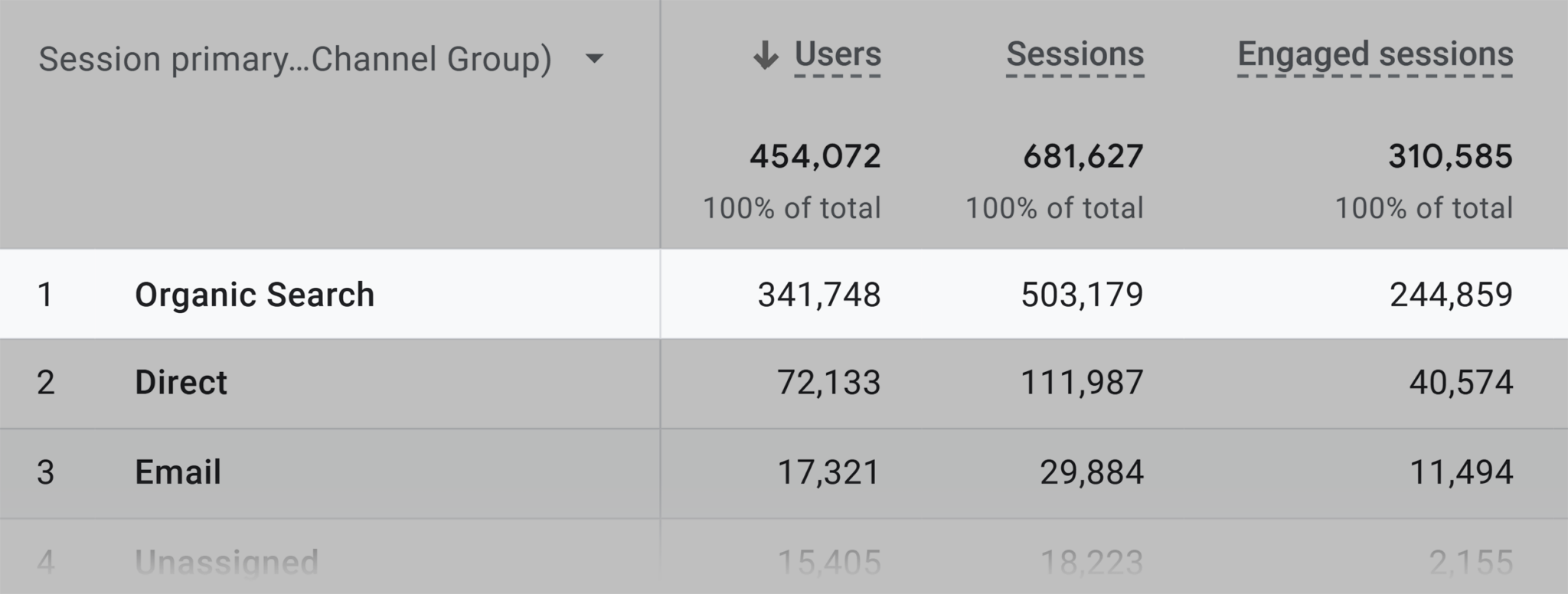To attract customers from certain geographic locations with organic search, you’ll need to start implementing SEO for multiple locations. But how exactly can you do this?
Let’s get started.
Further optimization
The optimization doesn’t stop once the above is done—in fact, you have only just started.
It’s an ongoing process of maintaining and optimizing your profile similarly to how you would optimize your website.
If you have fewer than 10 locations and didn’t do the bulk upload, you’ll first need to double-check that you have filled out all of the Google Business Profile information for your locations.
This means you should have checked the following:
The more information you give Google, the better your chances of ranking higher in the local pack.
If you haven’t already, you will need to add high-quality photos of your business. You can do this by logging into Google Business Profile and then returning to the search results.
At the top of the SERP, Google will show a mini dashboard where you can update and manage your business profile. To update your photos, click on Add photo.

You can add three types of photos: Logos, Cover Photos, or Business Photos. These are the requirements for the photos:
- Format: JPG or PNG
- Suggested size: Between 10 KB and 5 MB
- Recommended resolution: 720 px tall, 720 px wide
- Minimum resolution: 250 px tall, 250 px wide
- Quality: Photo should be in focus, well-lit, and have no significant alterations or excessive use of filters
Tip
Include interior shots of your business. And if you are a restaurant owner, it’s a good idea to include photos of your menu.
Updating your Google Business Profile is crucial for customers around holiday dates.
Google is so concerned with the accuracy of its results it will occasionally phone you to confirm your business opening hours during these periods.
I contacted Google to confirm whether this is still part of its checks, and it confirmed that it was.
Now that you have successfully added your locations, you can start to measure your performance.
You can do this by returning to the search results and clicking the Performance icon.

Once you have done this, it will take you to an overview screen.
You can click through the tabs to look at:
- Calls
- Messages
- Bookings
- Directions
- Website clicks

From this screen, you can get an understanding of how your business is performing locally.
If you want to monitor the performance of your local landing pages, you can do this in Ahrefs’ Site Explorer.
Let’s go back to the BrewDog example and imagine that we wanted to know the traffic performance of its top bars in the U.S.
To do this, we can plug BrewDog’s website in the Top pages report and then add a URL filter that contains “/bars/usa/” like so:

This will enable us to filter the top-performing landing pages by Traffic.

From this, we can see that Cleveland is the top location in terms of organic traffic.
Using Site Explorer, we can look at all the key metrics for our location pages, such as:
- Traffic.
- Position.
- Top keyword.
- Number of ranking keywords the page has.
- Estimate the value of the location page’s organic traffic.
Lastly, if you want to track positions, you can use a keyword tracking tool like Ahrefs’ Rank Tracker.
Here’s an example of me entering a ZIP code to track in the U.S.:

Rank Tracker can track keyword rankings on a country, state, city, or ZIP code basis.
Final thoughts
Having an online presence for multiple locations is essential if your business relies on customers from specific areas.
Maintaining the profiles and landing pages can be a challenge, though. Optimizing for multiple locations takes time. But if you put in the effort now, you’ll benefit from it in the long run.
Got more questions? Ping me on Twitter. 🙂
Content Copyrights Belong to The Author. All Rights Reserved.
We're A Dallas Digital Marketing Agency That is Experts At Social Media Marketing, Website Design and Emarketing and Promotion.




